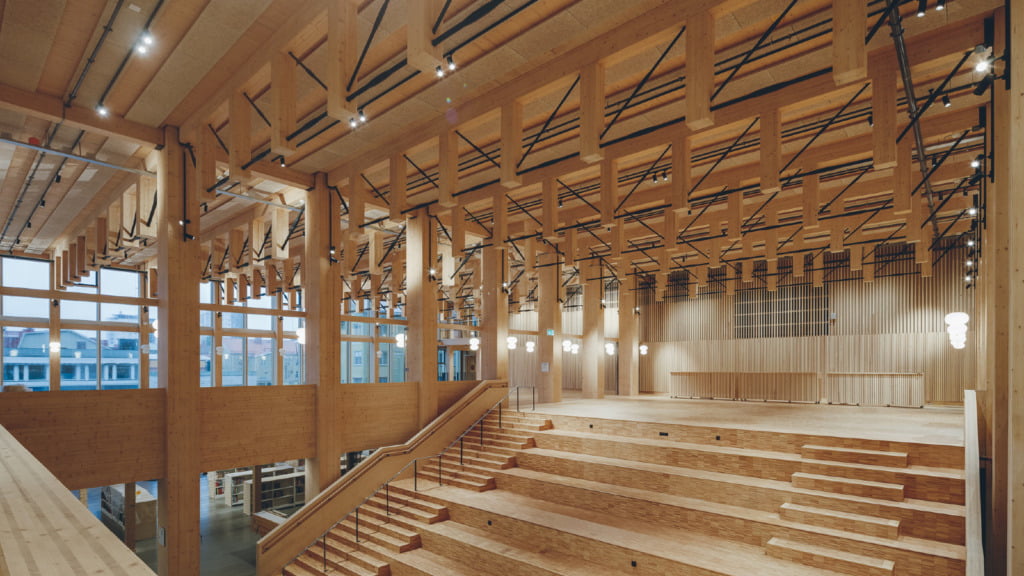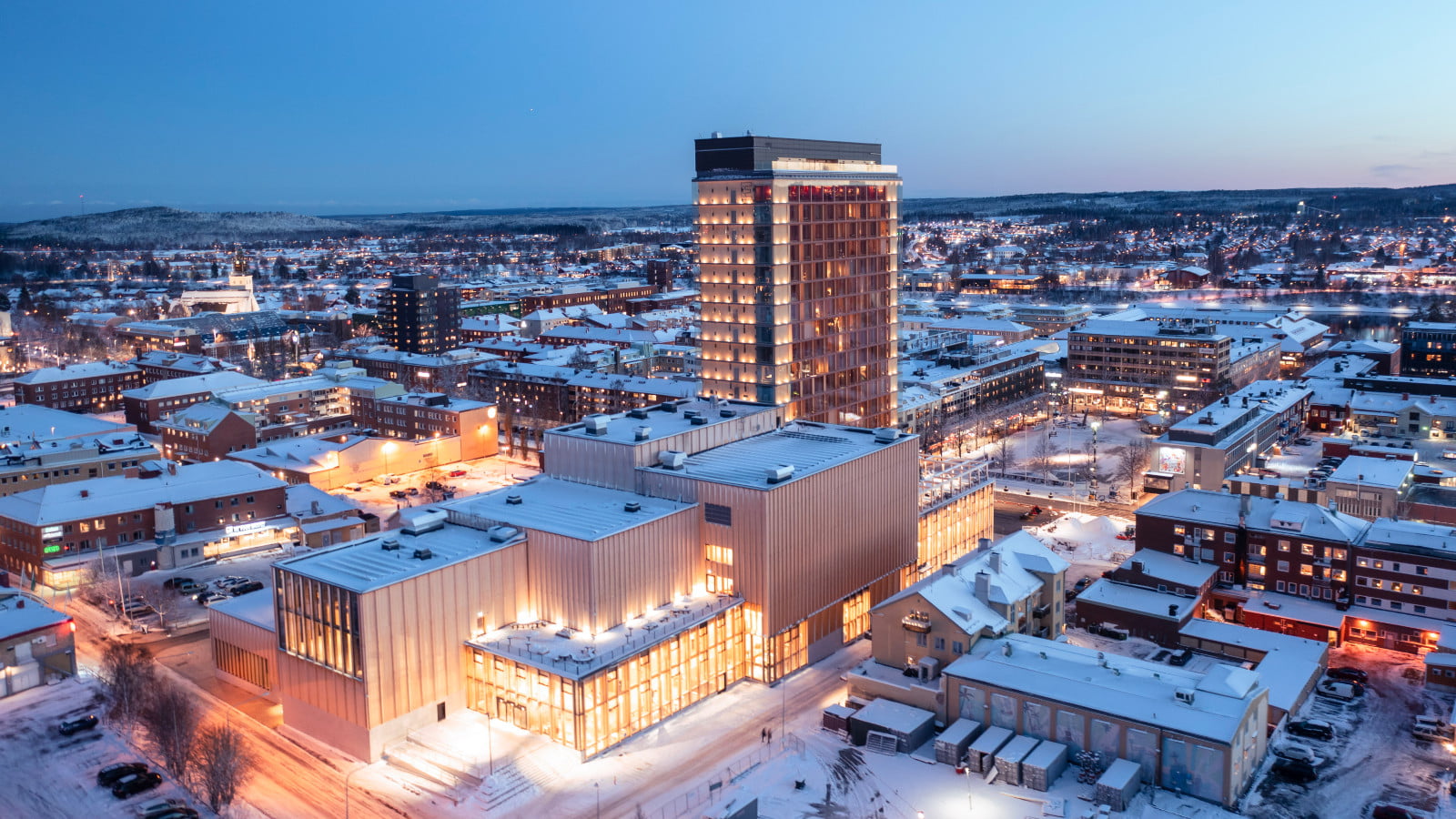Carlos Nieto, Manager, Global Product Line Manager for Energy Storage Solutions at ABB, explores the ever-mounting case for sustainable back-up power alternatives and explains how one of the world’s tallest wooden buildings is using such an innovation to drive its incredibly important sprinkler system.
As we move to national power systems which are increasingly run on renewable energy generation, the chance of regional blackouts is becoming more likely as wind, solar and hydro power are, by their nature, very changeable. While system operators work on ways to better balance supply and demand with more non-synchronous generators on the grid, the onus is shifting to commercial and industrial businesses to ensure they have strong, consistent back-up power systems to deliver continuity in the event of the lights going out – something which has historically been provided by a diesel generator.
However, in a low carbon future, we need to find cleaner ways to deliver that back-up power.
The energy transition is bringing with it a whole raft of new challenges for us to resolve, particularly in applications where we have traditionally relied on fossil fuels. One challenge is finding an alternative to diesel generators. In the past, the answer to getting back-up power going in a commercial, industrial or residential building in the event of an outage was to run a diesel engine to power an electric generator.
In a low-carbon world, diesel and petrol generators are a no-no, and in the current project, hydrogen could not be used to run a generator. So, the answer lies in an innovative combination of renewables and Battery Energy Storage Systems (BESS).
With BESS you can store energy generated from an on-site renewable resource – such as wind turbines or roof top solar panels – and use that energy stored in the batteries to feed an inverter running as a generator in the event of a blackout.
This technology is already in use at the Sara Kulturhus; a state-of-the-art cultural venue and hotel in Skellefteå, Sweden. It is home to the city library, a museum and art gallery and a theatre.
At 75 metres tall, the 20-storey timber building is one of the world’s tallest wooden structures and is an international showcase for sustainable design and construction, with 100% of its electricity coming from renewable sources, including hydro and wind generation.

Its timber structure is so sophisticated that it removes more than twice the carbon emissions produced by the operational energy it uses, and the embodied carbon from the production and transport of the materials used to construct it.
In a timber construction like this, the sprinkler system is critical to keeping staff and visitors in the building safe. Traditionally, this fire protection system would have been powered by emergency diesel generators, which serve as an onsite power supply should the mains power not be available. But given the Sara Kulturhus’ commitment to sustainability, to avoid use of a diesel generator, an alternative solution was required.
Instead, the building received a bespoke energy storage solution to deliver maximum safety and reliability, while harnessing the building’s hydroelectric green electricity, received from the grid, which is used as the power supply. The bespoke BESS comprises six battery packs from a local supplier, as well as AC and DC switchgear, inverters and a distribution transformer.
With the unique wooden design of the building, the packaged solution was built, and factory tested off-site and then energised in the basement of the Sara Kulturhus. To make it easier to manage the BESS and to ensure a reliable 24/7 power supply for the building’s sprinkler system, the solution was supplied with a custom energy management system to provide next level energy monitoring, diagnostics, and data and analytics.
As well as optimising the building’s own energy use, this advanced autonomous AI technology interfaces with the building management system, which allows the centre to interact with nearby buildings so any excess renewable energy generated can be supplied to other parts of the city when required.
The team at the Sara Kulturhus is pleased that they have a reliable back-up power system for the sprinklers through a solution that embodies the region’s values of delivering ecological, economical, and social impact while supporting the green transition across North Sweden.
Anna Jirstrand Sandlund, CEO of Sara Kulturhus, noted, “With a wooden building of this scale, fire safety had to be one of our main considerations. By collaborating with ABB and Skellefteå Kraft, we have developed a unique solution that is now one of the highlights of our twice daily guided tours for visitors. With the building itself now a blueprint for sustainability, we continue to work towards equalling its impact on the inside and inspiring our visitors and residents to become more sustainable.”
The transition to renewable energy at every level is making us rethink everything we know about how we power our world. Yet, with innovative concepts, we can create new technologies that are equally as safe and reliable as those which came before, but with the added advantage of helping deliver a cleaner, more sustainable future.
What we’ve shown with the Sara Kulturhus project is a new blueprint for emergency power which can be used in endless applications in place of diesel gensets.


